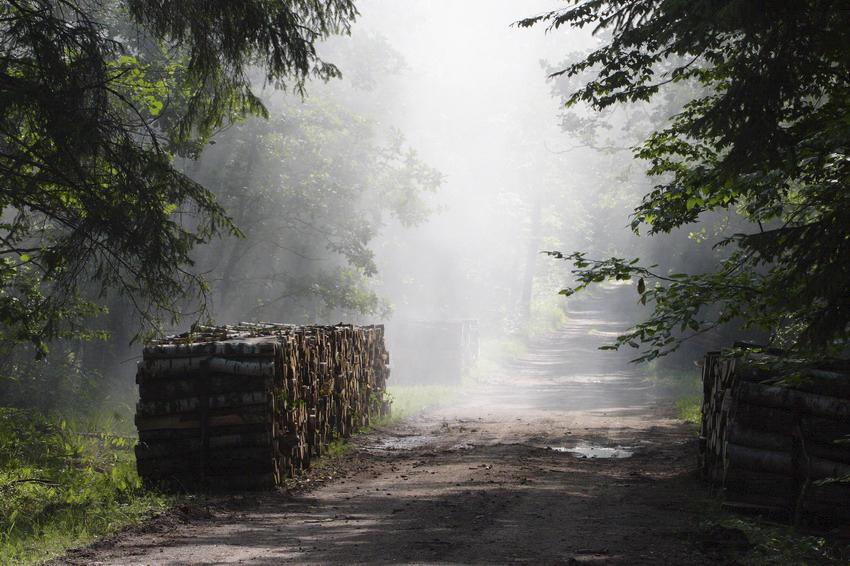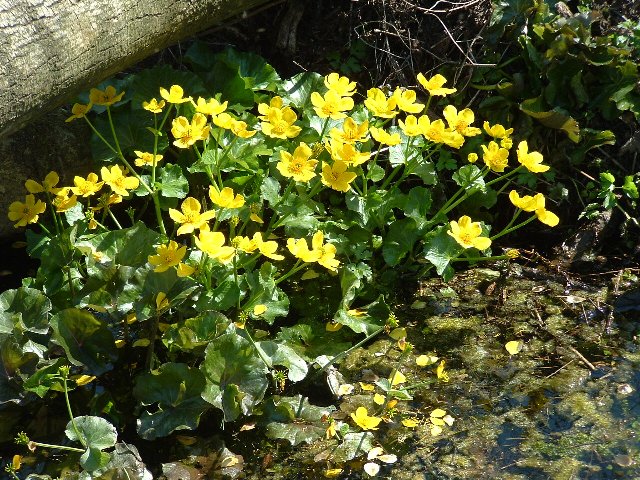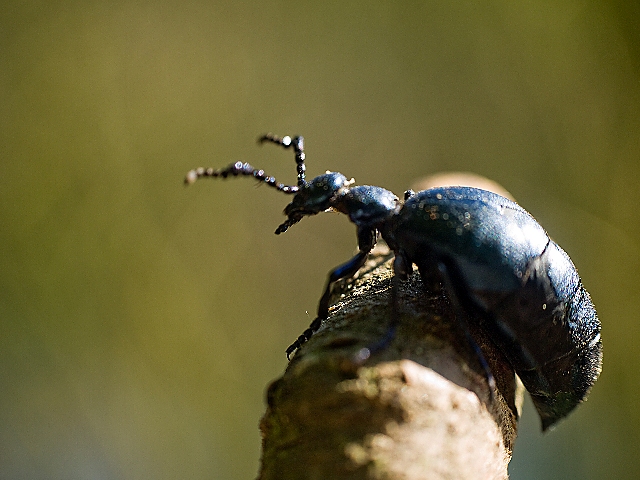 Asset Publisher
Asset Publisher
The State Forests National Forest Holding
The State Forests National Forest Holding is the largest organisation in the European Union managing forests, which belong to the State Treasury and celebrating its 90 anniversary this year.
Presently, we manage the area of one third of Poland's territory. Not long after the end of the Second World War, there was only 21 % of the area. Every year we plant 500 million of new trees, as we want Polish forests grow all the time.
Every year Polish foresters plant 500 million of trees.
85 % of nature reserves in Poland are located within the State Forests. 40 % of the forests managed by General Directorate of the State Forests are protected within the framework of European network Natura 2000. We fight against many threats: natural disasters, plaques of insects, trees' diseases, fires, pollutions, as well as poaching and vandalism.
We take care the forestry supplying the market with timber, as ecological and universal material, to be carried on in accordance with rules of balanced development (photography P.Fabjański).
One of our major tasks is making forests accessible to the society. We invite you to take advantage of these beautifully located within the forest wilderness holiday resorts, forester's lodges or guest rooms. That is for you, we create thousand kilometres of hiking trails, cycling paths or camping sites. All the above mentioned, you can find in service www.czaswlas.pl.
We also take care the forestry supplying the market with timber, as ecological and universal material, to be carried on in accordance with rules of balanced development. We obtain over 30 million of cubic meters of wood annually, twice as much as at the beginning of the nineties of the XX century.
Despite of this, the average of wood abundance per hectare of our forests is one fourth bigger than 20 years ago and 40% bigger than the average of European Union currently amounts.
In Poland in sectors connected with the forestry, there work about 375 thousand of people. It means that each 40 working Pole works in the forest.
In Poland in sectors connected with the forestry, there work about 375 thousand of people. It means that each 40 working Pole works in the forest. The sector of wood processing works out approximately 8 % of our GDP (Gross Domestic Product). Among others, thanks to the timber from the State Forests Poland is the 10 largest producer of furniture in the world, and the 4 largest furniture exporter.
The State Forests employ 25 thousand people. That way we are the 9 biggest employer in Poland. Among the largest companies in our country it takes 22 place in respect of its incomes and 11 place in respect of its profits. The value of assets, we manage, reaches 300 million zl. If we add social values, it will be worth one billion zlotych. We do not use money from the budget, but we earn money on our own to support the business. In spite of the financial crisis, since 2002, we continuously note down profits. Moreover, we pay taxes amounting 1,3 billion zl annually.
87 % of Poles think, the foresters are competent. We willingly share our knowledge of Polish forests, of their history and of nature values with the others. We publish books, periodicals, brochures; we also administer the website www.lasy.gov.pl . For children, the youth and teachers, we prepared internet service "E-lynx' Lynx Forest" (www.erys.pl). Our staff has supported schools in field of nature education for years. We also organise many actions to let people broaden their knowledge about forest, nature and ecology.
 Asset Publisher
Asset Publisher
 Asset Publisher
Asset Publisher
Leśny Kompleks Promocyjny "Lasy Gostynińsko-Włocławskie"
Flora
Flora, czyli ogół gatunków roślin danego terenu, jest w „ lasach Gostynińsko-Włocławskich stosunkowo liczna i przy tym bardzo interesująca. Dotychczasowe badania wykazały obecność ponad 1000 gatunków roślin naczyniowych obejmujących rośliny kwiatowe oraz paprotniki. Wśród nich, w świetlistych dąbrowach i ciepłolubnych zaroślach rosną takie gatunki, jak np.: zawilec wielkokwiatowy Anemone sylvestris, dziurawiec skąpolistny Hipericum montanum, miodunka wąskolistna Pulmonaria angustifolia i naparstnica zwyczajna Digitalis grandiflora. W borach, na terenach wydmowych rosną między innymi: goździk piaskowy Dianthus arenarius, łyszczec baldachogronowy Gypsophila fastigiata czy koniczyna łubinowata Triforium lupinaster. Do torfowiskowych gatunków reliktowych zaliczane są min.: gwiazdnica grubolistna Stellaria crassifolia, fiołek torfowy Viola epipsila oraz mchy – Camptothecium nitens, Thuidium lantanum, Meesia triquetra, Paludella squarrosa i Scorpidium scorpoides.
Kaczeńce
Fauna
Stosunkowo duże zróżnicowanie siedlisk LKP – od żyznych lasów liściastych, do ubogich kserotermicznych wydm sprawia, że różnorodność występujących tutaj gatunków zwierząt jest znaczna. Zbiorniki wodne zasiedlają pospolite krajowe ryby jak np.; szczupak, lin karp, leszcz, węgorz czy miętus. Występują tutaj także wszystkie gatunki płazów i gadów charakterystyczne dla niżu Polski. Wśród nich można wymienić traszkę zwyczajna, traszkę grzebieniastą, ropuchę szarą, ropuchę zieloną i ropuchę paskówkę. Mniejsze zbiorniki wodne zasiedla ginący gatunek – kumak nizinny. Z gadów można wymienić: jaszczurkę zwinkę, jaszczurkę żyworodną, zaskrońca oraz padalca.
Najliczniejszą grupę kręgowców stanowią ptaki. Stwierdzono lęgi 135 gatunków i regularne pojawianie się na przelotach ponad 30 gat. Najcenniejsze z punktu widzenia różnorodności i zasobów ornitofauny jest obszar nazywany Niecką Kłocieńską. Zasadniczą jej część stanowi Jezioro Rakutowskie oraz dolina Kłótni i Rakutówki wraz z przyległymi do niej łąkami. Duża część bytujących tam gatunków ptaków znalazła się w Polskiej Czerwonej Księdze Zwierząt. Należą do nich min.: bąk, kulik wielki, żuraw, batalion, błotniak łąkowy czy kropiatka.
Na obszarze LKP stwierdzono występowanie prawie 50 gatunków ssaków. Większość z nich związana jest z borami Świeżymi, dąbrowami, olsami i łęgami. Z rzędu owadożernych stwierdzono 5 gatunków: jeża wschodniego, kreta, ryjówki- aksamitną i malutką oraz rzęsorka rzeczka. Bogatą w gatunki grupę stanowią nietoperze (11 gatunków) Spośród ssaków kopytnych występuje: dzik, łoś, sarna, jeleń szlachetny, a także daniel.
Na szczególna uwagę i opiekę w Lasach Gostynińsko-Włocławskich zasługują gatunki o wąskich spektrach ekologicznych, których sukces rozrodczy możliwy jest w specyficznych biotopach. Do tej grupy należą przede wszystkim gatunki bytujące na terenach podmokłych. Ich ochrona jest więc bardzo ważna dla utrzymania zasobów puli genowej przynajmniej kilku gatunków niżu Polski.
Olejnica krówka


 fot. Paweł Fabijański
fot. Paweł Fabijański
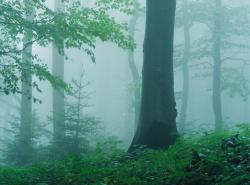 fot. Paweł Fabijański
fot. Paweł Fabijański
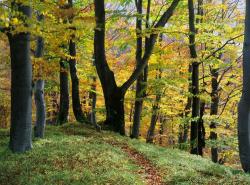 fot. Paweł Fabijański
fot. Paweł Fabijański
